ARCHIVES
Propagation: Try a Forsythe Pot
Written by Sarah Cheng
Do you like free plants? That always gets my attention. A small silver lining from the pandemic was more time for online classes. One that caught my eye was soft wood propagation using a Forsythe Pot. This isn’t a complicated process, but an easy low-care way to create more plants for your garden.
The Forsythe Pot method of propagation is basically a pot within a pot with a growing medium in-between where the cuttings are placed. This solution provides constant moisture to new cuttings without the need to babysit your new starts every day. There are many online sites available to learn more.
Here’s quick how-to:
Materials. You’ll need to gather a large outer pot, an inner clay pot, modeling clay for covering the clay pot bottom drainage hole, rooting hormone and fill material (perlite or vermiculite). The clay pot is important. An inner plastic pot will not allow water to seep into the perlite, the material I have experience with.
Cuttings. Choose the plants you’d like to propagate.
Water. Fill the center pot with water and watch to make sure it stays full – filling every few days to a week depending on humidity.
Location. Place in a protected area without direct sun which could damage the tender young plants.
Re-Pot. When you observe new growth on your cuttings, or feel resistance with a gentle tug, it’s time to put your new plants into a pot, or directly into the ground. Gardeners need patience. This wait could be weeks to months for root development. Gently lift the cutting out of the perlite, and you’ll see small roots along the stem. You’ve done it!
For cutting choices, do some research as to the best time (when hormones run in the stems). I’ve had good luck with sage, rosemary, weigela and roses. Other options are hydrangeas, elderberries, rhododendrons, geraniums, herbal shrubs and fuchsias. Unfortunately, I’ve tried magnolias at different times of the year with no success. Cut a top stem of about 4 to 8 inches, removing any flowers, and scrape off the bark under a leaf node, dip the base of the stem in the rooting hormone and place in the growing medium.
Pictured are the new plants I’m experimenting with which are favorites in my garden: Murray Valley Queen grevillea, County Park Dwarf pittosporum, germander, and Enduring Summer red crepe myrtle. Please pass along your successes and failures to us on our Facebook page: Sammamish Botanical Garden Society. It’s always helpful to share gardening knowledge.



